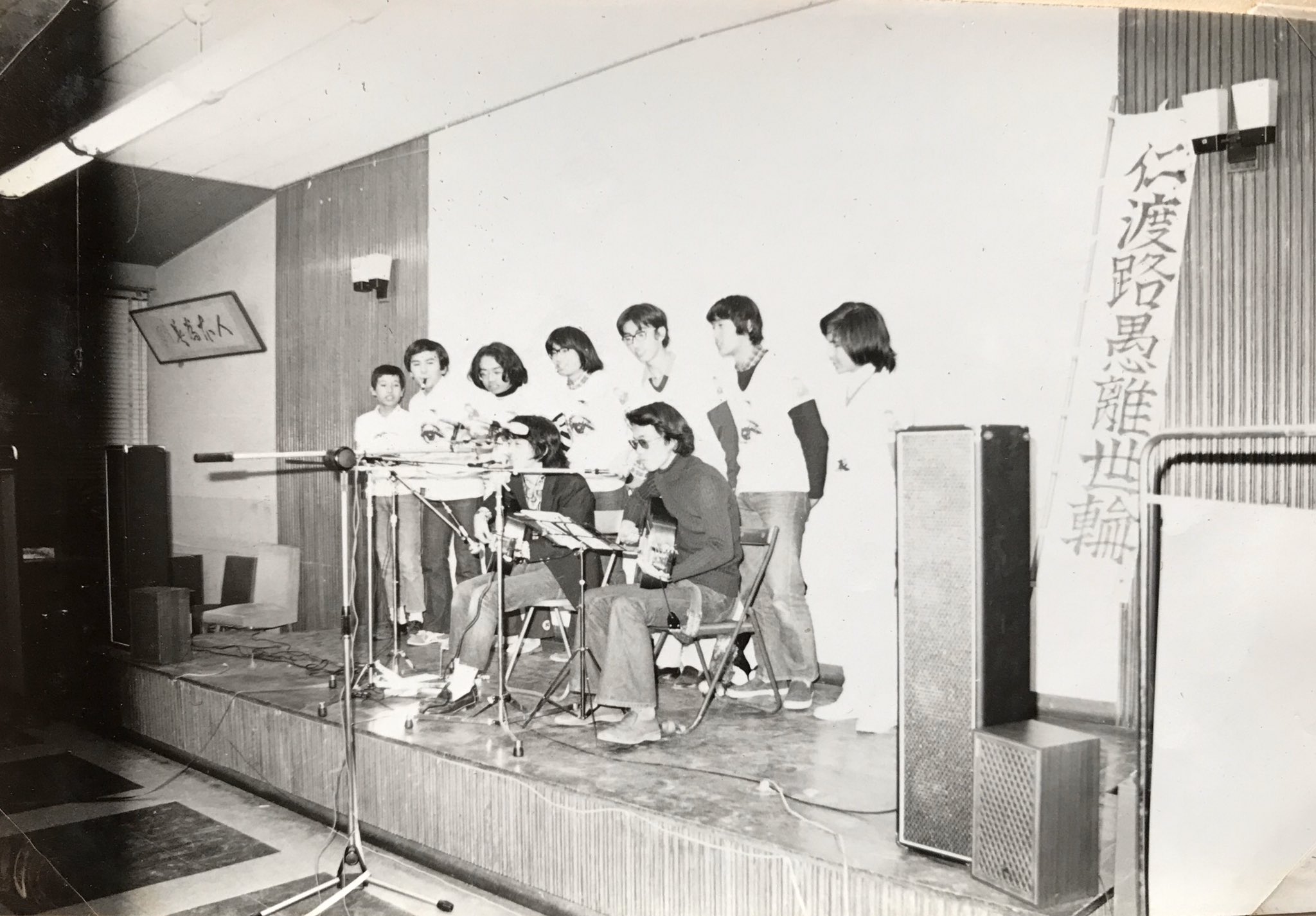The Early Years
I wouldn't start this site without explaining this biography. I'll cover the story of his troubled and challenging past and how he started his passion in making music. This shouldn't sound too personal and I need to revise it by understanding and translating what happened during that time. For the first part of his biography, this post will cover his early days before his music career.
Masayuki Yamamoto was born in Anjo, in Aichi Prefecture on July 11, 1951, a Wednesday. His parents were Toshinobu [d. 1990] and Fuki [d. 11-02-2002]. His father used to work at the Kansai Electric Power Company or KEPCO.
A skyline view of Anjo, where Masa-kun was born and raised in
Between the age of around 4 to 6, his mother would take him to a Toei-themed jidaigeki once a week, where he would start his interest in music. In kindergarten class, he took piano lessons from a local teacher by the name of Kiyono Suzuki. He continued piano lessons until he eventually gave up in elementary and from then on became self-taught. When he was in high school, he started admiring The Beatles (with its worldwide popularity) and went to perform his own songs. He also listened to some Japanese artists popular at that time, including Ichiro Araki & Yuzo Kayama, and eventually went to a Tomoya Takaishi concert one time. Masayuki became interested in Tomoya Takaishi that his stage presence were later handed over to him. If you're familiar with Takaishi, Masa's and his stage presence act kinda similar...
Around summer of 1971, the radio program Gekkou Kamen (Moonlight Mask), based on the popular 1950s TV series, began its broadcast. He thought up of an idea from a fellow neighbor and created on what would become its theme song for the radio show. He performed it under Masayuki Yamamoto to Sono Ichimi and became a domestic success. They planned on releasing Gekkou Kamen yo Mouichido on a record, but another Gekkou Kamen-related song came into airplays from The Mops, simply entitled Gekkou Kamen. This was what dissolved Yamamoto's band and never made one ever again...
[SIDENOTE: Hiromitsu Suzuki, singer of the Yattodetaman ED, was also the lead vocalist of The Mops]
Masayuki Yamamoto to Sono Ichimi; photo by Goroh Saitoh
Everyone has a very challenging life, and so is Yamamoto. Although he still wanted to pursue his career in music, his family suggested he take exams for some business companies first; it wasn't easy. He moved to Tokyo with barely any money on him. He thought he wouldn't become a rising music artist. Then suddenly, he saw some promotional ad for the Chunichi Dragons. If one would apply for a new fight song (or ouenka) for the Dragons and if that song will become successful, one would receive 100,000 yen as a reward.
It was September of 1974. Yamamoto got to work with help from a neighbor in Ikebukuro. He returned home with a lot of memos he received from the CBC staff department. They were delighted to see that the fight song he made would receive lots of feedback that it was suitable enough to be produced on a music record. Moeyo Dragons! would go on to sell over 10,000 copies and eventually the Dragons themselves would also win the leagues championship that year. This song was the first time Yamamoto would collab with arranger Masaaki Jinbo, who would both later compose BGM for the Time Bokan Series.
Jacket art for the original Moeyo Dragons single
The successful sales of Moeyo Dragons helped both Yamamoto and Jinbo become household names in the music industry. Yamamoto made tons of kayokyoku hits during his peak, with artists such as Tsuruko Shofukutei, Kanpei Hazama, Kikuo Hayashiya, Mieko Kaneda, and Aki Takejo, plus through various record companies ranging from Toho Records, Teichiku, and Toshiba to Warner-Pioneer and Tokuma Musical Industries.
Three years before Moe-Dora, Yamamoto privately released a record with two love songs, entitled Renge no Suki na Onnanoko and Itsuka Futari wa (the latter would be publicly released in one of the Daizenshuu albums). Yamamoto made his debut as a singer in another Dragons-related ouenka Dragons yo Arigato on December 1974, 10 months before Time Bokan, in which he also did the arrangement. Two years later, in 1976, Yamamoto would see the release of Sayonara La-la-la where some articles at that time consider him as a folk singer. It would be another 12 years before shifting to his music career completely with his self-titled debut album.
His career may start off rough, but there's more to come for the second part.



Comments
Post a Comment